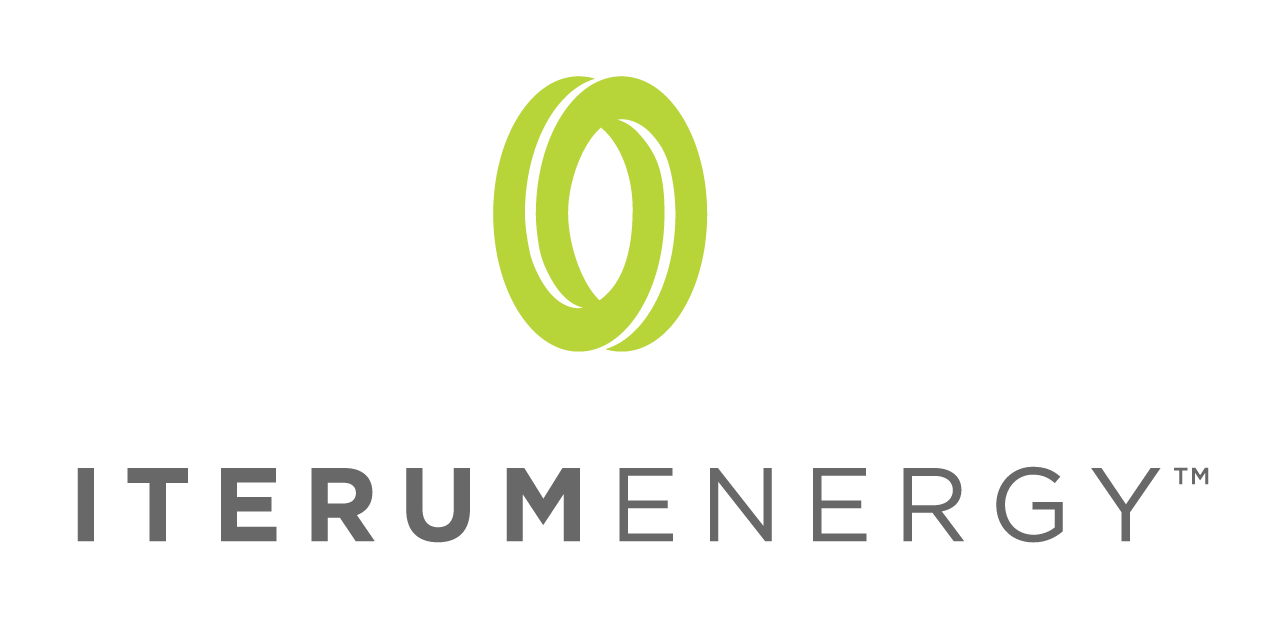The Current State (And Future) Of Wind Power
Have you considered investing in the green energy revolution with ITerum?
It's easier and more affordable than you may think! Click here to learn more.
Wind power is a renewable energy source that's been around for centuries. However, in recent years, there has been a renewed interest in wind power to generate electricity. This is because wind power is a clean and renewable source of energy. In addition, wind power can be used to generate electricity on a large scale.
There are two main types of wind turbines: horizontal-axis and vertical-axis. Horizontal-axis turbines are the most common type and have blades mounted on a horizontal shaft. Vertical-axis turbines have blades mounted on a vertical shaft.
The current state of wind power is that it's a clean and renewable energy source with the potential to be used on a large scale. However, some challenges must be addressed before wind power becomes more widespread.
A Brief History
People have been using wind power for millennia. One of the earliest recorded uses of wind energy was in 4000 BCE in what is now Iran, where windmills ground grain. By 200 CE, windmills were common in China; by 1000 CE, they were also used in Europe.
The Industrial Revolution brought new ways to use wind power. In the late 1800s, some factories used large sails to harness the winds and generate electricity. At about the same time, inventors began experimenting with using wind to power turbines. In 1887, Professor James Blyth built a 10-meter (33 feet) tall rotor that could generate up to 12 kilowatts (kW) of electricity—enough to power his home and light his laboratory.
It wasn't until the 1970s that large-scale commercial use of wind turbines began. In 1981, Denmark installed the first offshore turbine; in 1991, California became home to the first large-scale offshore farm; today, there are more than 1,000 offshore turbines worldwide.
Commercial onshore farms also increased in the 1970s and 80s, particularly in California and Europe, where favorable laws and financial incentives attracted developers. In just a few decades, onshore capacity grew from 2 MW in 1976 to 565 GW by 2018—enough to power more than 125 million homes!
The Benefits Of Wind Power
Wind power is a clean energy source that does not produce harmful emissions. In addition, wind power is a renewable energy source, so it will never run out. Wind power can also be used to generate electricity on a large scale.
One of the benefits of wind power is that it's a clean energy source. As a result, wind turbines don't produce harmful emissions, such as carbon dioxide and sulfur dioxide. In addition, wind turbines don't use water, which means they will not contribute to water pollution.
Another benefit of wind power is that it's a renewable energy source. This means that it can be used continuously without running out. Wind power is also considered an abundant resource, meaning there's enough wind to meet the world's demand for electricity.
The final benefit of wind power is that it can be used to generate electricity on a large scale. Wind farms are typically composed of many turbines connected together and to the electrical grid. Wind farms can range in size from a few megawatts to several gigawatts.
The Challenges Of Wind Power
Despite the many benefits of wind power, some challenges still need to be addressed before it can become more widespread. One challenge is wind turbines require a lot of space. This means that they're often not suitable for locations where land is scarce, such as urban areas. In addition, some people find the noise produced by wind turbines disruptive.
Another challenge of wind power is its intermittency. This means the amount of electricity generated by wind turbines can vary depending on the time of day and the weather conditions. For example, wind speeds are usually lower at night and during calm weather conditions. This can make it challenging to rely solely on wind power for all of your electricity needs.
The final challenge of wind power is its cost. The initial cost of setting up a wind farm can be high. In addition, the maintenance costs associated with wind turbines can also be expensive. Despite these challenges, the current state of wind power is promising. Continued research and development will likely resolve these challenges.
Conclusion
Wind power is currently a clean and renewable energy source with the potential for large-scale generation. However, some challenges still need to be addressed before becoming more widespread. Nevertheless, these challenges will eventually be resolved, and wind power may become the dominant force in energy generation.
Have you considered investing in the green energy revolution with ITerum?
It's easier and more affordable than you may think! Click here to learn more.
